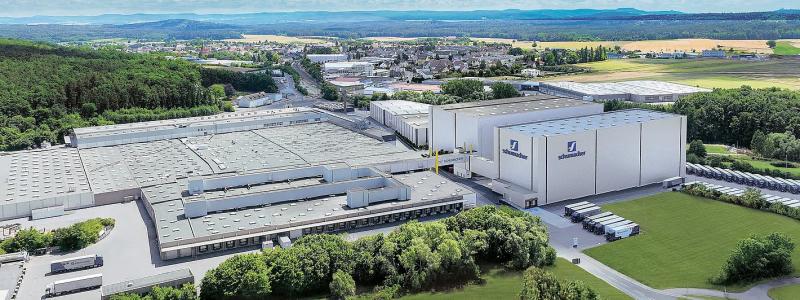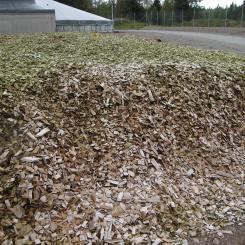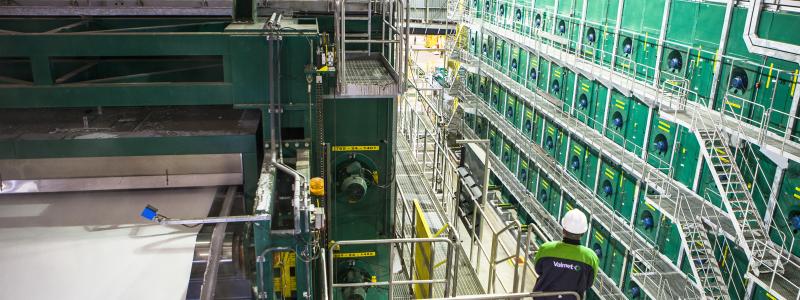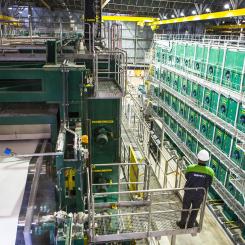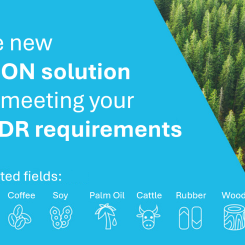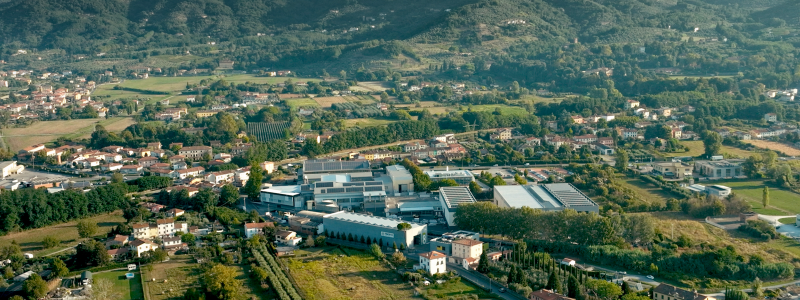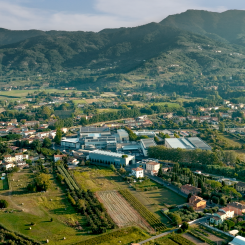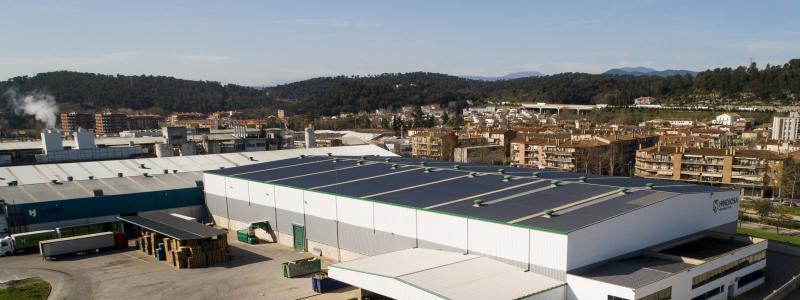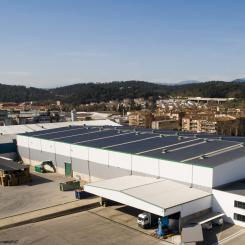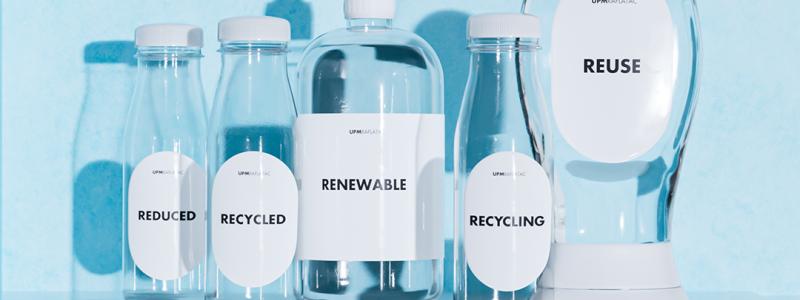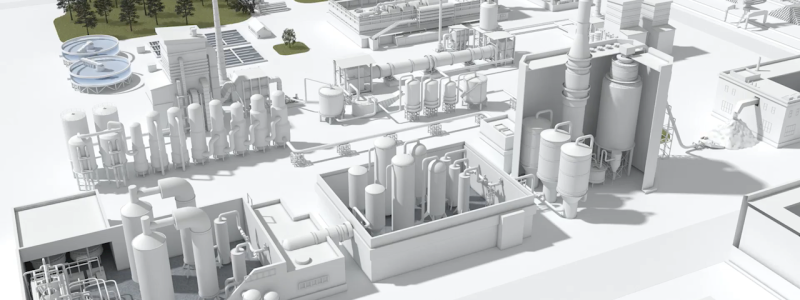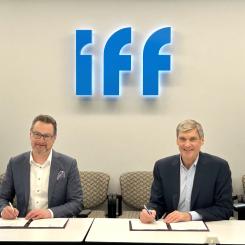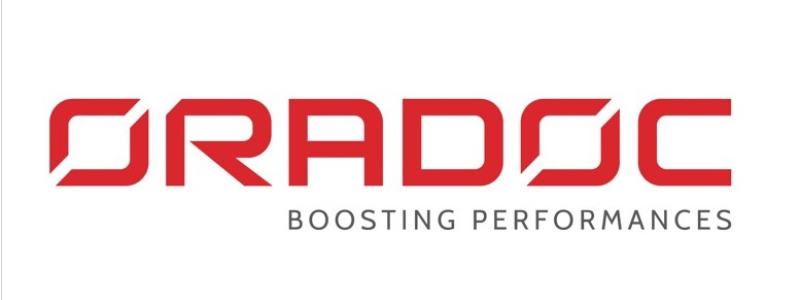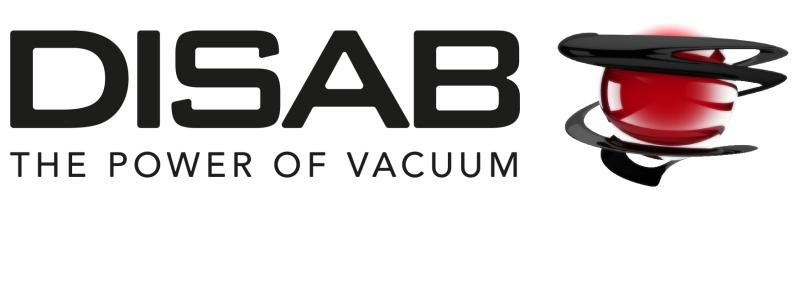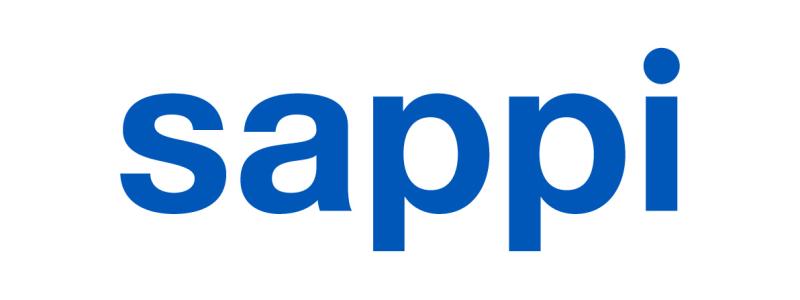On May 30, Professor Maria Strømme from Uppsala University spread her "revolutionary" theses also at the forest industry's major PulPaper exhibition in Helsinki.
- Be ready for new opportunities, she said in English, in the conference language.
Maria Strømme thinks digitalization is the end of the computer revolution - that's the last man to harvest there. She believes that nanotechnology has begun pushing the next industrial revolution.
- Almost all nanotechnology is about trying to solve human problems and challenges. The most important is the sustainable energy supply, we have to cope with it. Another is the aging population where many new solutions are needed to keep us young and healthy without having to charge for the health care so much, said Maria Strømme.
Nanotechnology can create certain types of human tissue, for example, the bone. A little further is it until you can create, for example, new hearts and brains. But the material is now being used.
- It is about developing instructive materials that can be delivered to the body to provide information about what it should begin to build. You do not want to have foreign material in your body. If you can get your body to start building a heart of your own cells then it's safe.
- If you want to study similar things that I do, you can study any engineering orientation. Almost all kinds of engineering tools are used in nanotechnology, said Maria Strømme.
With nanotechnology, human beings can transmit cellular substances up to the tumor, clean arsenic poisoned wells and charge environmentally friendly batteries in a few seconds.
- Researchers have in tests on humans already shown that it is possible to treat cancer tumors by injecting ball-shaped gold nanoscale into the bloodstream. The scale pours up where the tumors are located and the doctor can with laser light burn the tumor. The bowl can also be filled with strong cellular substances for an accurate treatment.
- All research can be used for both good and evil purposes. This is a complex issue about maturing democracy and freedom of speech to ensure that research results are used in a way that contributes to good human and environmental applications.



















